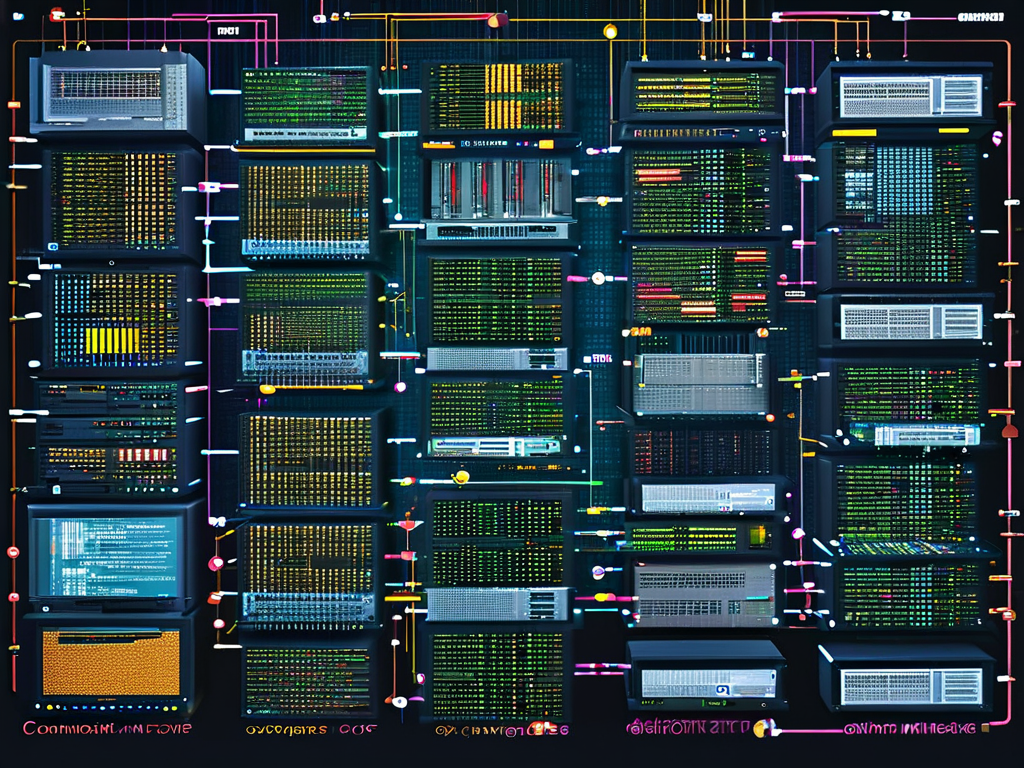Starting your university journey in Guangdong with a "Computer Network Foundation" textbook marks a crucial step into the digital backbone of modern technology. This foundational course isn't just about passing exams; it's about equipping Guangdong's next generation of IT professionals with the essential knowledge to navigate and shape the interconnected world. The textbook serves as your primary map, introducing concepts that underpin everything from scrolling social media on your phone to the vast infrastructure powering Guangdong's tech hubs like Shenzhen and Guangzhou.

Understanding the core layers of network architecture, primarily the OSI model and its practical counterpart, the TCP/IP suite, forms the bedrock of this knowledge. Grasping these layers is akin to learning the rules of the road before driving. You delve into the physical layer, understanding how bits traverse cables or wireless signals across a university campus network. Moving up, the data link layer introduces MAC addresses and switches, explaining how devices within your dormitory LAN communicate directly. The network layer, dominated by IP addressing and routing protocols, reveals how data finds its way from your laptop in a Guangzhou lecture hall to a server potentially hosted in Foshan or even overseas. This involves wrestling with IPv4 addressing schemes and the growing importance of IPv6, especially relevant given China's significant push towards IPv6 adoption.
Transport layer protocols, TCP and UDP, become critical differentiators. Learning why a file download (reliability needed) uses TCP with its handshake and error checking, while a live video stream for a university online lecture might prioritize speed with UDP, even if some packets get lost, provides practical insight. Session, presentation, and application layers bring it all together, covering aspects like secure connections (HTTPS/SSL), data formats, and the applications students use daily – email protocols, web browsing (HTTP), and file transfers (FTP). Concepts like DNS, translating human-readable domain names (www.gduni.edu.cn) into machine-readable IP addresses, cease to be magic and become understandable processes.
Beyond theory, the textbook emphasizes practical implications crucial for Guangdong students. Network security fundamentals are no longer optional. Understanding firewalls, basic encryption concepts, and common threats like phishing or malware is vital for personal safety and forms the baseline for any future cybersecurity role. Performance concepts like bandwidth and latency directly impact the user experience during online collaborative projects or accessing cloud resources hosted in provincial data centers. Troubleshooting methodologies introduced provide systematic approaches to diagnose common connectivity issues, a valuable skill in academic labs and future careers.
The relevance extends deeply into Guangdong's dynamic economy. As a manufacturing and tech powerhouse, the province relies heavily on robust enterprise networks, cloud computing, IoT in smart factories, and high-speed connectivity. The fundamentals learned provide the context to understand how local giants operate and innovate. Concepts like VLANs (Virtual LANs) might be applied to segment traffic in a large campus network spanning multiple faculties, while routing principles mirror how data flows between different industrial zones in the Pearl River Delta.
Engaging actively with the material is key. Don't just passively read; experiment. Use network simulation tools like Cisco Packet Tracer or open-source options to build virtual networks. Look at real-world configurations. For instance, try checking your own computer's network settings:
# Simple Python snippet to get local IP (example, often requires netifaces module)
import socket
hostname = socket.gethostname()
local_ip = socket.gethostbyname(hostname)
print(f"Hostname: {hostname}, Local IP: {local_ip}")
Discuss subnetting challenges with peers, relate firewall concepts to campus Wi-Fi restrictions, and investigate how CDNs (Content Delivery Networks) ensure fast video streaming by caching content locally, perhaps even within Guangdong. Connect the textbook diagrams of network topologies (star, bus, ring) to the actual layout you observe in university computer labs or library workstations.
This journey with your "Computer Network Foundation" book is more than memorizing protocols; it's about developing a fundamental literacy. It builds critical thinking for troubleshooting, a structured understanding of digital communication, and a strong platform for specializing in areas like cloud, security, or network engineering – fields booming in Guangdong. Embrace the complexity, ask questions in tutorials, form study groups, and see the network concepts come alive in the digital fabric connecting your university, your province, and the wider world. This foundational knowledge is your essential toolkit for thriving in Guangdong's tech-driven future.


